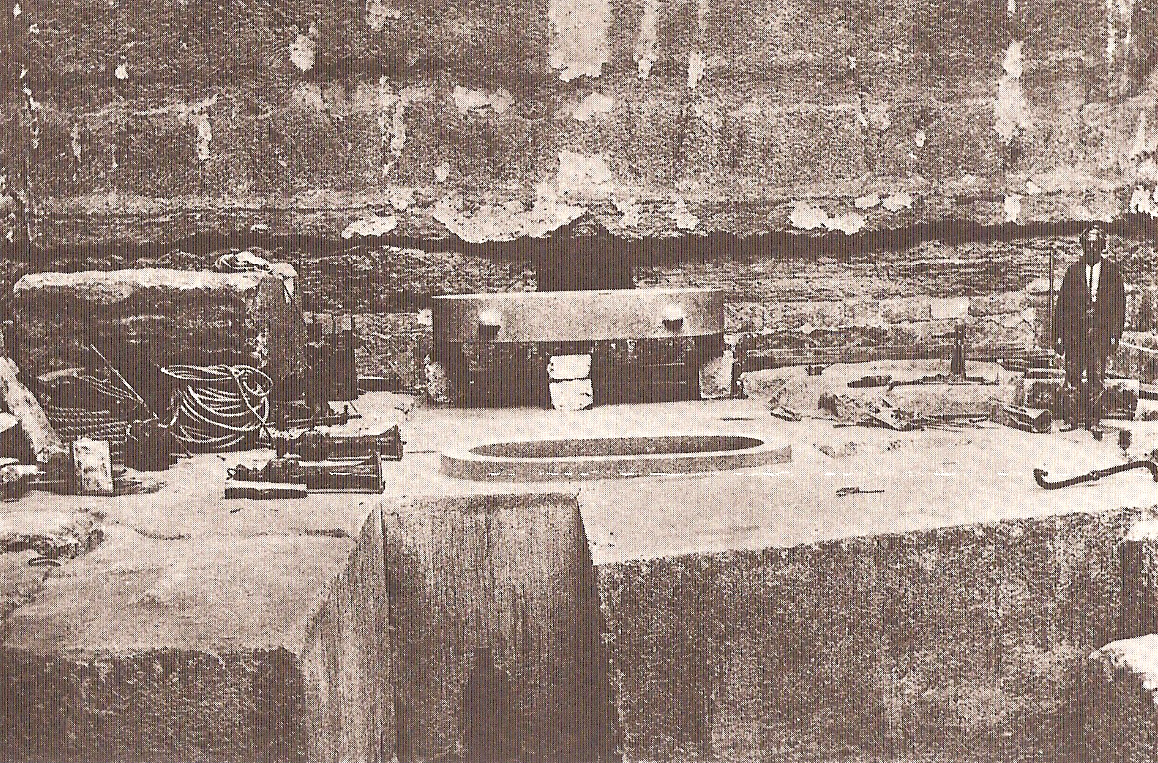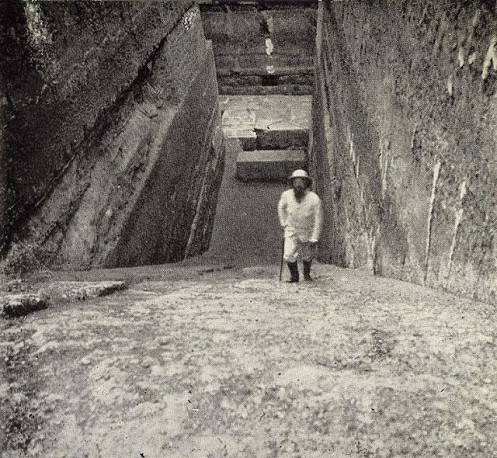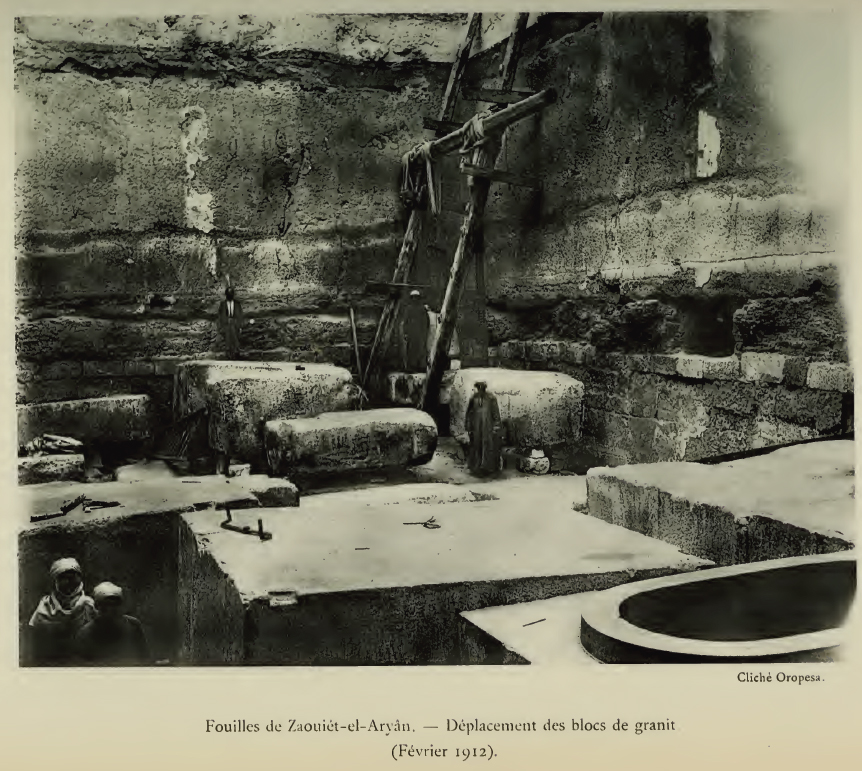Zawyet El-Aryan

Discovering the Mysteries of Zawyet el-Aryan: Unveiling Egypt’s Ancient Megalithic Ruins
Located within the Giza Governorate and not far from the iconic Giza Plateau, Zawyet el-Aryan presents a captivating yet enigmatic chapter in the rich tapestry of Egypt’s ancient history. To the west of this unassuming town, in the arid expanse of the desert, lies a necropolis with five mastaba cemeteries and two complexes that have puzzled archaeologists for centuries. These complexes, often referred to as “unfinished pyramids,” are central to one of Egypt’s most intriguing mysteries.
The Unfinished Pyramids of Zawyet el-Aryan
The necropolis at Zawyet el-Aryan was first excavated in the late 19th century, with more thorough studies conducted in the early 20th century. However, in the 1960s, the Egyptian government declared the area a “military zone,” effectively halting all archaeological exploration and rendering the site inaccessible. This decision has left many questions unanswered and has shrouded the site in mystery.
Among the five mastabas are two “unfinished pyramids.” The first of these is situated approximately 8 kilometers southwest of the Giza Plateau and was explored sporadically between 1839 and 1911. Archaeologists have long debated the dimensions and original intent of this structure. No mummies or funerary artifacts were found within, and its appearance is more akin to a mound of debris than a traditional pyramid.
The Northern Complex and the Oval Sarcophagus: A Megalithic Enigma
The second complex, located in the northern part of Zawyet el-Aryan, is particularly fascinating. This site features a monumental man-made canyon that creates a vast underground corridor leading to subterranean chambers. Believed to date back to the Old Kingdom, between 4,000 and 5,000 years ago, this theory remains contested among scholars.
First described by Karl Richard Lepsius in the mid-19th century, the site was later thoroughly documented by Italian archaeologist Alessandro Barsanti in the early 20th century. Barsanti’s detailed photographs and accounts, published in the French Annales du Service des Antiquités de l’Égypte, remain the primary source of information about this mysterious complex.
Barsanti himself was skeptical about the structure’s classification as a pyramid. His most notable discovery was the “oval sarcophagus,” an enormous pink granite block measuring over 3 meters long, 1.5 meters deep, and 2.2 meters wide. Intriguingly, the sarcophagus, which resembles a large tank or tub, contained an unidentified liquid when its lid was removed. Barsanti speculated that the sarcophagus must have been placed in the corridor before its construction due to its immense size, which would have made transportation through the narrow passage impossible.
A Legacy Interrupted
Despite his groundbreaking work, Barsanti’s exploration was cut short in 1911 when he was called to serve in World War I. He never returned to Zawyet el-Aryan, and his untimely death in 1917 left many questions unanswered. Since 1964, access to the site has been heavily restricted, with no further excavations permitted. Today, military bungalows cover the original necropolis, and the shaft of the Unfinished Pyramid is reportedly used as a trash dump, leaving the current condition of the burial shafts uncertain and likely in a state of disrepair.
Conclusion
Zawyet el-Aryan remains one of Egypt’s most enigmatic and compelling archaeological sites. Its megalithic structures and the mysteries they harbor continue to captivate researchers and history enthusiasts alike. While the site is off-limits to modern exploration, the work of early archaeologists like Barsanti provides a tantalizing glimpse into the ancient ruins of Egypt, inviting further speculation and study of this fascinating locale.


